Having to play a certain amount of specific music can be a serious challenge for radio stations. Here’s how you can deal with music quota rules.
Apart from content requirements like featuring local news reports or public service announcements, some radio stations have to adhere to music playlist genre quota. Sometimes these are attached to individual licenses; sometimes these are part of collective regulations. Luckily, there are ways to use music quota rules to your maximum advantage. Legally.
‘Make the best of existing music quota’

Music quota are beneficial for a few mass-appeal stars (photo: Columbia, images: Wikipedia)
Know your format regulations
Maintaining cultural heritage, ensuring format variety; supporting record companies; protecting public radio / restricting commercial radio; whatever the motive may be, it looks like you have to face the music as a radio broadcaster. Canadian content requirements for Canadian music on radio stations broadcasting in the French or English language say that 35% of the popular music they air each week has to be Canadian content. For commercial radio stations, that rule applies to the hours between 6am and 6pm, Monday through Friday. National public radios in Canada even have to play 50% locally produced music overall. In addition, 65% of the popular music on all Canadian French-language stations has to be in that language. Commercial stations are ‘getting away’ with 55% of that between 6am and 6pm on weekdays.
 Influence market developments collectively
Influence market developments collectively
France has a less complex rule: 40% of all music has to be in French language, half of which has to be made by new artists. A collective radio industry push for more workable guidelines finally seems to have effect. Politicians are willing to reduce legal quota for French songs to 35% (or to 15% for stations specialised in foreign music), but all stations have to air more new music.
Implement music quota creatively
While music quota are beneficial for artists and labels specialised in that genre, they can be a challenge for current-intensive formats like CHR when there is not enough suitable new music available and when most chart hits are being released in English. While the music industry and the political arena accuse radio of playing the same few (best-testing) songs over and over, the radio industry argues that people want to hear those power songs again and again as they aren’t open for (too many) unfamiliar songs. We’ll leave that discussion for another occasion. Instead, we offer 10 things you can do as a PD / MD to make the best of existing music quota (outside of pure music scheduling techniques, which we’ll cover in another post). Even if your format is free of any restrictions, you might get some ideas for creating (an impression of) more music variety on your station. So here we go!
‘Wait with alternate versions until the original work has become very familiar’
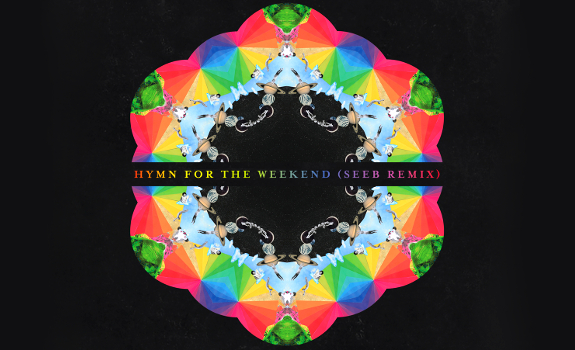
Listeners usually accept those after the original got a lot of airplay (image: Parlophone, Atlantic)
1. Connect your quota titles
When an artist or a band has a new album or (comes to your radio market for a concert as part of) a new tour, it’s your opportunity for a studio interview, live showcase or music feature. You can air an interview (or short highlights from the complete conversation that you can put on your website), and spice it up by playing related songs before and after. The interview (clip) is kind of the mortar in between the music bricks; it’s a legitimate reason to play several tracks by the same artist back to back. If your music quota are measured in minutes per hour instead of songs per hour, then you can further benefit from this concept. How?
 2. Enhance your quota songs
2. Enhance your quota songs
You can get instrumental versions from record companies, or edit song intros into music beds to run underneath the interview. Also create talk-over beds for jocks, using instrumental parts of popular quota-matching songs edited together, and include hooks from these songs within your music promos and format explainers. That’s a lot more quota minutes!
3. Widen your music library
Assuming you want to reach your music quota by playing best-testing songs, find additional versions to (sometimes) use instead of the official single edit. Playing an acoustic version or a dance remix could help you create (a perception of) music variety despite high rotations. For stations with new music quota, remixes are great. I know of a Rhythmic CHR with an obligation to play lots of new music that plays (also self-produced) remixes of current hit songs, which officially makes them ‘new releases’, even if they’re originating from an existing song. In general, you want to wait with alternate versions until the original work has become very familiar by having received a lot of airplay in your market.
‘Let songs support your music quota’
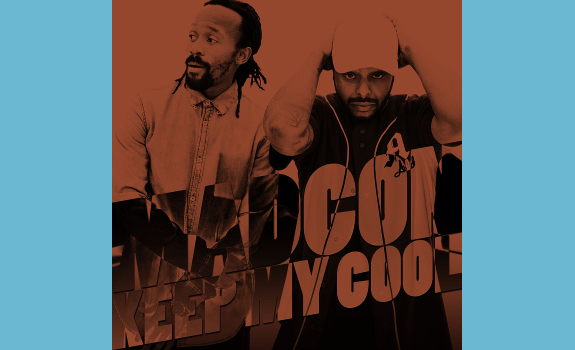
One way is to produce special radio versions containing local language parts (image: Warner)
4. Shorten your non-quota songs
When music quota are defined as number of songs/hour instead of number of minutes/hour, you can edit (secondary) non-quota songs into a shorter version by shortening long intros or instrumental breaks, or (worst-case scenario) take out 1 phrase plus 1 chorus. That is, unless it’s a ‘holy grail’ pop classic, or a very familiar hit song that many people know the lyrics of. Trimming (secondary) non-quota songs may allow you to play 1-2 extra (primary) quota songs an hour, while maintaining your music format (like playing a lot of international hits) and meeting your listener expectations. Now, what if your legislators are smart, and have defined music quota percentages based on number of minutes rather than number of songs? Then this editing tactic will help you anyway :-).
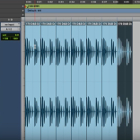 5. Stretch your quota songs
5. Stretch your quota songs
You can edit (primary) quota songs into a longer version by looping instrumental parts and repeating hook & chorus parts. A simple 1-minute extended version per (primary) quota song could add up to several extra quota minutes an hour. When you do it artistically correct, the artists and labels should be okay with it, as they’ll receive more song exposure.
6. Localise your power categories
Building and maintaining a good relationship with the local music scene can be good for you. Consider to collaborate with local artists and labels to produce covers of international hits to let songs support your music quota. If local artists usually sing in English and like (more) airplay on your station, request them to produce a special radio version with the right amount of local language parts, so it will match the music quota criteria. I’ve recently heard Keep My Cool by Madcon in a French version. The Norwegian group reproduced their English language song with French vocal inserts (covering over 50% of its duration, in order to be recognised as a ‘French’ song) for exactly that reason.
‘A diffused music promise can weaken listener expectations’
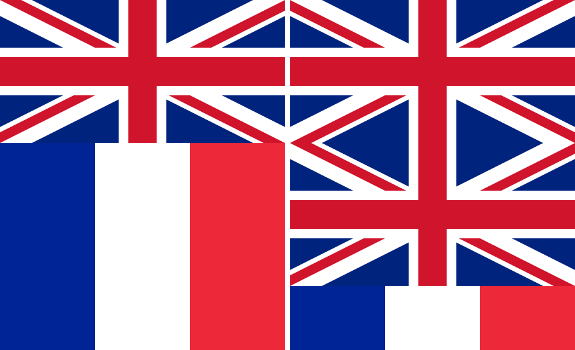
Better than this is choosing one language ratio, and sticking to it all day long (images: Wikipedia)
7. Support your local talent
You can also scout new talent at your own station events (like outdoor music shows) to support local music. Work together with local recording studios to turn people’s home-made demos into ready-to-air music productions, giving them media exposure and giving you new material. Another benefit: many people are still going to radio to discover new music (and expect radio to curate new music), so your (Top 40) station may benefit from getting the image for discovering and building new talent. Combined with 10 ways to choose, program & image new music better, it may help you increase your music quota percentage easily. Do you want to take things to a top level? Launch your radio company’s own record label as an additional income stream, like UK-based Global are doing.
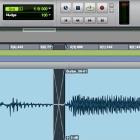 8. Merge your non-quota songs
8. Merge your non-quota songs
You can sell multiple international songs as one item. Some CHR stations in Canada are running a ‘Six Pack’ where they play 6 English songs back to back, but mixed together — which, according to the letter of the law, counts as just 1 English track. This way, they have to play less French songs on that day to make the station’s music quota.
9. Maintain your format consistency
You probably want to make your morning show and drive time show as attractive as possible, and that usually means playing less (domestic) quota hit songs than (international) non-quota hit songs during those hours. However, I’ve heard of a Top 40 station in France that on Saturday & Sunday mornings, when most people are sleeping, goes 100% French so they can play much less of it during more audience-intensive hours. Smart? Oui et non, ’cause a diffused music promise may weaken your listener expectations. For programming strategy as well as brand management reasons, you want to have a relatively consistent music mix, so your listeners will know what to expect because they’re getting what they expect — any day, any time. Also on Sunday morning at 7:01. Successful programming is consistent programming.
‘Find a win-win’
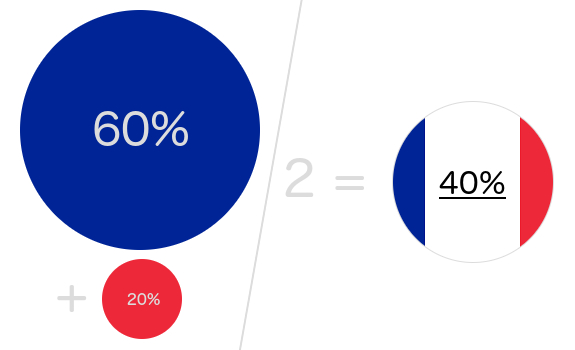
Suggesting workable alternatives to government officials can be worthwhile (image: Thomas Giger)
10. Get your quota elsewhere
Tactics are fine, but for a really constructive solution, you want to (collectively) negotiate with media regulators to lower your quota percentage. You could even propose launching a sub brand, where you will play (the majority of) local music. For example, if your license includes an obligation to spin 40% music in the local language, you can first propose to play 20% on the main channel and as much as 60% on the secondary channel; an average of 40%. Or suggest dividing music quota over different distribution channels of your main brand, like 20% on FM & DAB, and the requested 40% on your web stream by (only there) replacing (4 x 3-minute / 3 x 4-minute / 2 x 6-minute) stop sets of ads & promos with quota music. Find a win-win that will make politicians still look good, while serving your strategy much better.

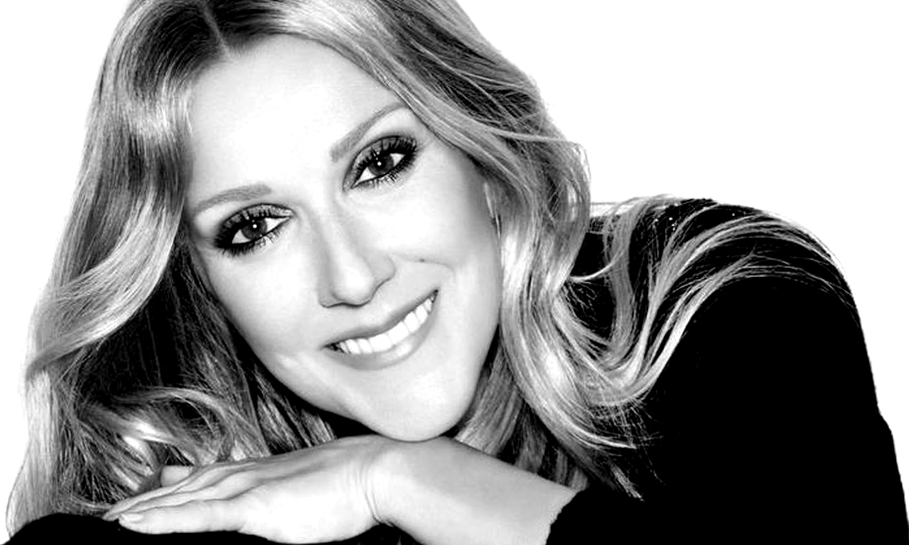





Hi Kevin,
Thank you for taking the time to write this excellent and insightful comment regarding CanCon!
Good to know these facts, for additional context.
Cheers,
Thomas
I have been researching the effectiveness of Canadian content (CanCon) rules on English commercial stations that will hopefully appear in an academic journal later this year. I hope these clarifications give a better feeling for the challenge these programmers face.
You wrote, “35% of the popular music they air each week has to be Canadian content. For commercial radio stations, that rule applies to the hours between 6am and 6pm, Monday through Friday.” The line above that requirement says, “English-language and French-language stations must ensure that at least 35% of the Popular Music they broadcast each week is Canadian content.” That means there are two quotas to meet.
The music director at one of Canada’s biggest stations told me that this means 35% Mon-Fri 6a-6p AND 35% Mon-Sun 6a-12m. In practical terms, the playlist has four to six CanCon-compliant songs per hour. However, there are specialty programs on weekends for which meeting these quota would be difficult. The balance for those hours is to schedule pretty much 100% CanCon in the 11p-12m hour.
There are two other parts of CanCon rules that make them really interesting. One is that Canadian stations make an involuntary donation of a portion of their revenues to content development organisations. The largest of these is FACTOR, jointly run by music labels and broadcasters.
The other is the definition of Canadian music. Songs are judged against the appropriately named MAPL criteria: Music/Artist/Performance/Lyrics. Songs must meet two of the four to qualify as CanCon. This has given Laura Pausini, Rod Stewart and Lenny Kravitz the chance to record CanCon-compliant songs.
Justin Bieber may carry a Canadian passport, but his music and that of Celine Dion and Michael Bublé are now produced in the US and no longer qualify. However, they are P1 artists on Canadian radio. In that music director’s opinion, it’s “just ludicrous”.
Thanks, Antal. That’s a good addition to white method #10.
You’ve left us with a nice teaser, by the way – making us wonder about the dark arts of music quota :-).
Great list and very straightforward solutions! Almost all of them are a true win-win approach.
I do not really want to dive deep into the ‘illegal’ (creative & innovative) handle of those quotas so I add one other white opportunity: try to negotiate to allow you to reach the quota gradually – even within years. You can win time to build the synergies listed above.
Cheers,
Antal